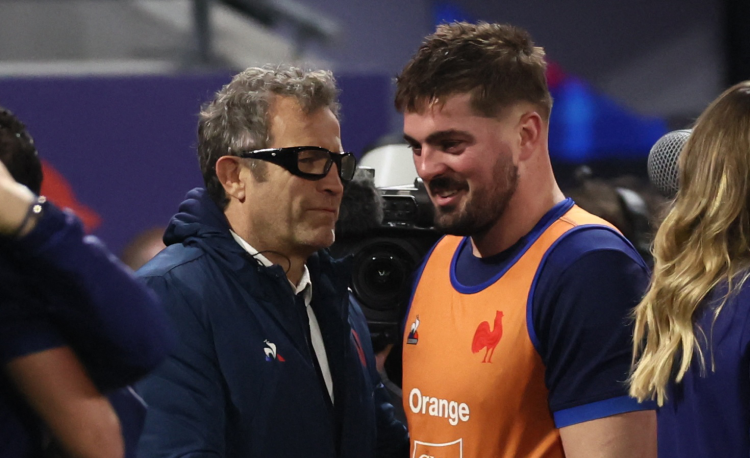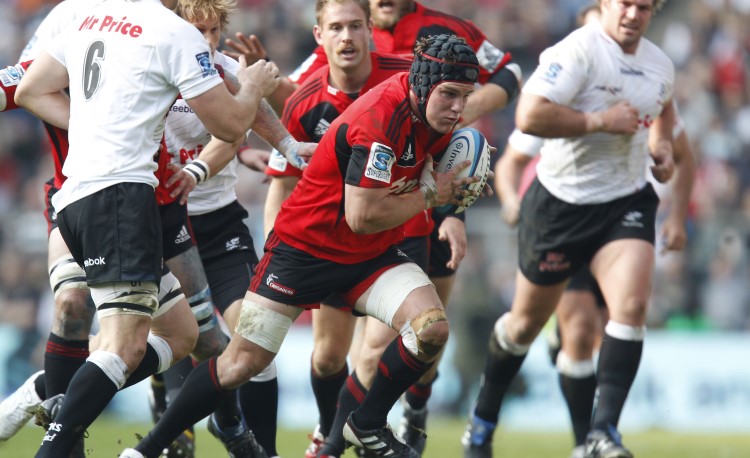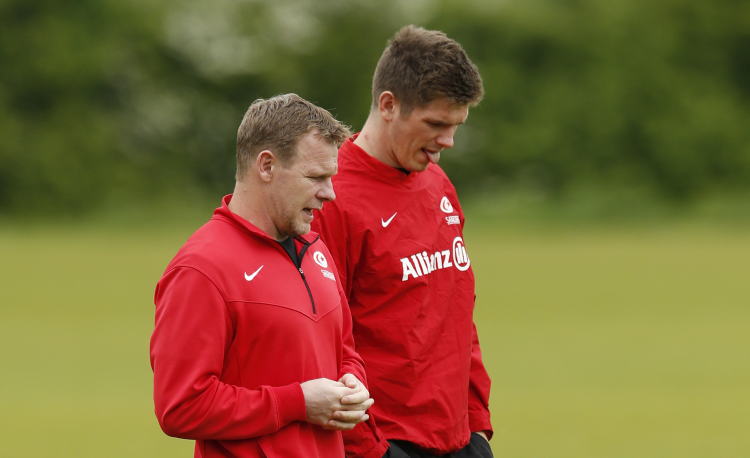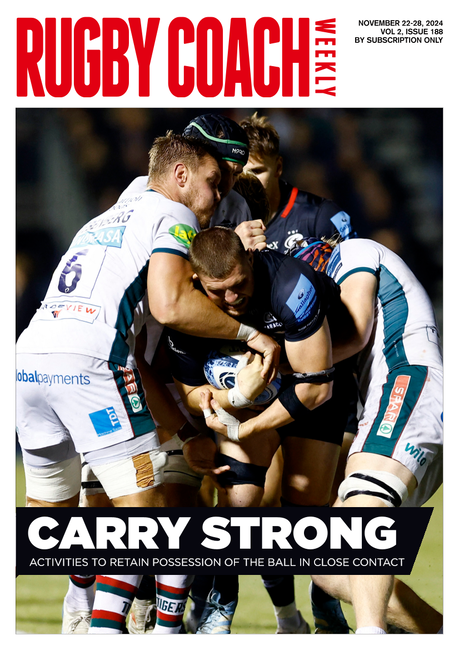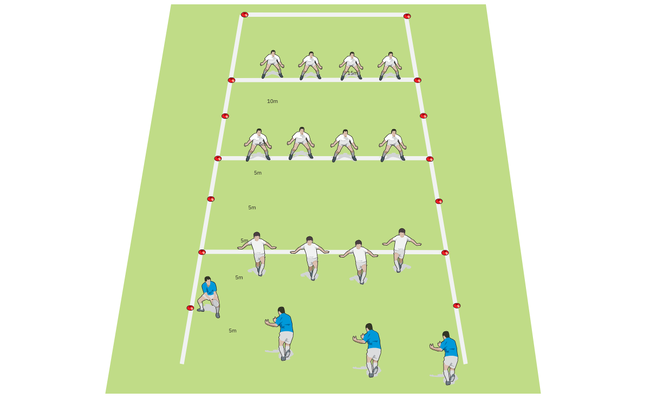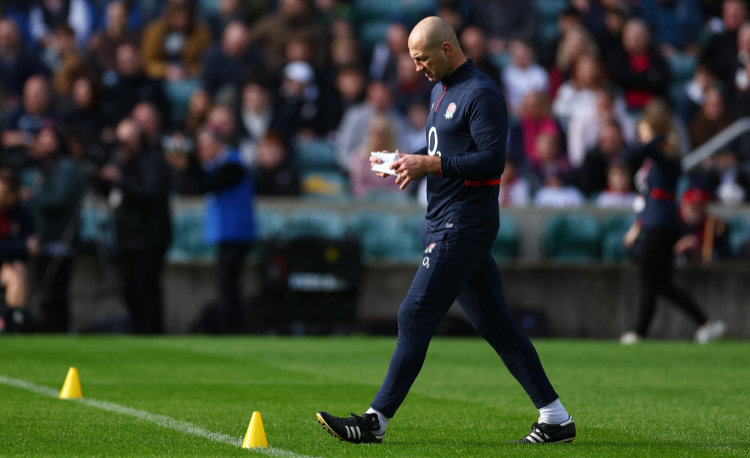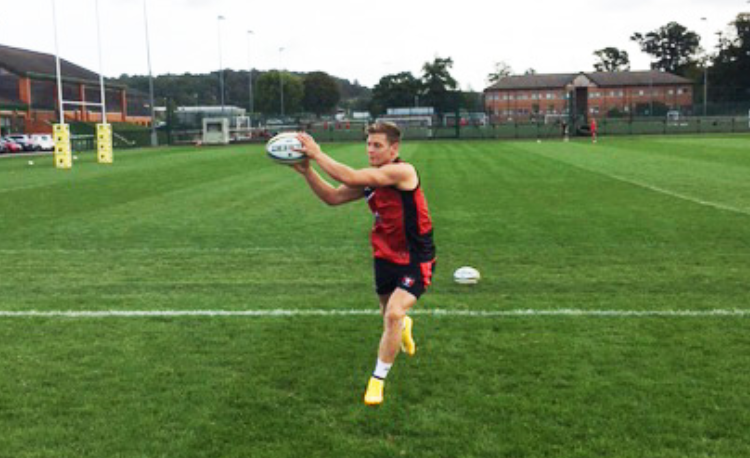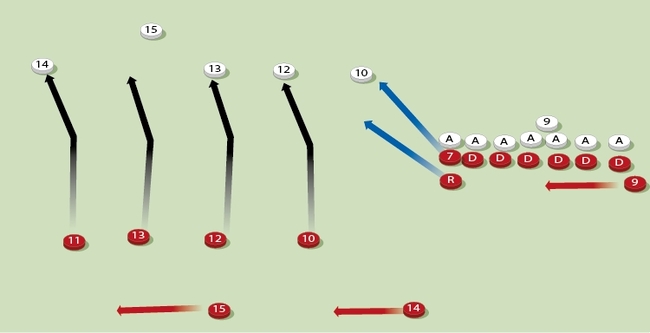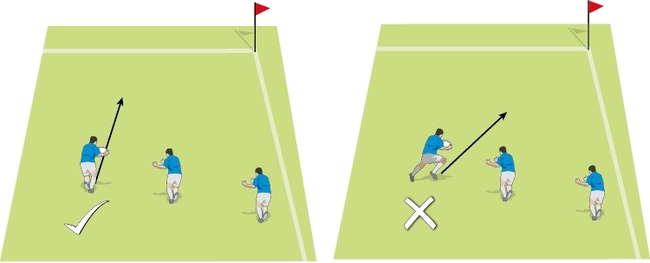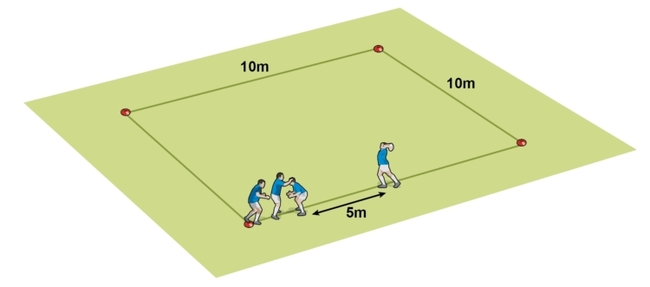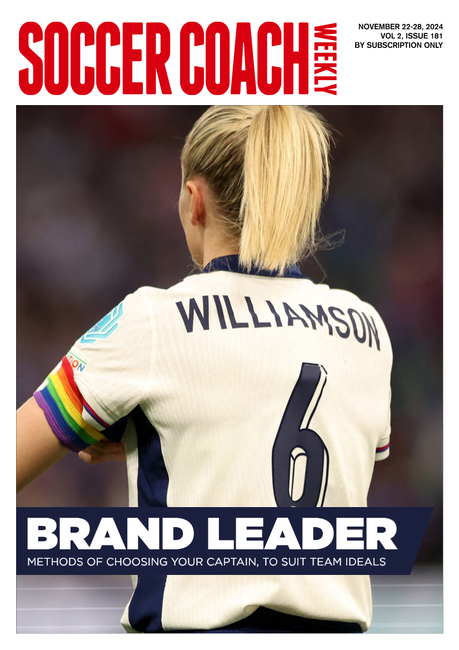Be tact-ful with feedback you give
Choosing the right time, approach, content and tone of interventions can make a big difference to the response you get. By PHIL KEARNEY and IAN SHERWIN.
Feedback is one of the most powerful tools available to a coach and can be provided in a variety of ways.
However, it is also important to recognise that, while feedback is sometimes essential for learning to occur, there are other occasions where it may not be necessary.
There are also situations where your observations can accelerate skill acquisition, and others where it can hinder.
In short, there is a lot to think about in order to provide feedback appropriately.
Fundamentally, there is no ’best way’ to do it.
Expert coaches consider a wide range of factors when deciding whether, when and how to intervene with their thoughts.
For developing coaches, evidence-based guidance on how to best provide observations to learners is provided by the TACT-FUL model – Timing, Approach, Content, Tone and Follow-Up Later – first proposed by Sergio Lara-Bercial, of iCoachKids.
The TACT-FUL model
Timing
Consider whether it is an appropriate time to give feedback.
Although you may have identified information you think the learner needs, pause before intervening and ask yourself:
- Does the learner want feedback at this moment? If not, consider how you might develop the learner’s desire for feedback?
- Does the learner have the attention capacity to take on board feedback at this moment? Are they too focused on the activity? If not, when might be a better moment to engage them?
Approach
Are you going to use promotion-oriented or change-oriented feedback? Here are the differences between the two:
- Promotion-oriented feedback confirms and reinforces desirable behaviours.
- Change-oriented feedback indicates that current performance is inadequate and identifies the changes required to achieve the learner’s goals eventually.
Content
Your feedback should be:
- Precise: Base comments on specific, clear and attainable objectives. Focus on the task or performance, rather than on the person.
- Concise: Avoid excessive lecturing.
- With choice: Give athletes a choice of solutions to address the situation.
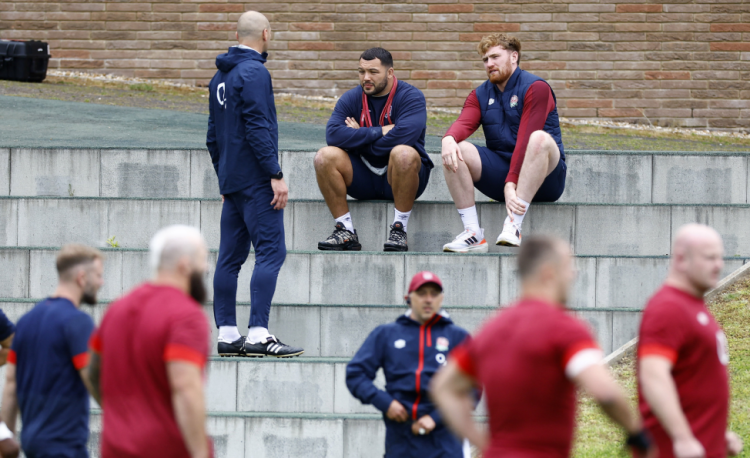
Tone
Provide feedback in a considerate tone. Be aware of how your emotions will influence the learner.
Follow-Up Later
Although we have focused on a quality interaction, an appropriate follow-up is essential for feedback to have an effect.
Having provided your observations, you should ensure that you continue to monitor the athlete later in the session.
Find an opportunity to affirm the athlete’s progress, or to provide reinforcement as required.
The feedback diet
Research suggests that excessive negative feedback can have a detrimental effect on learners.
However, when high-quality change-oriented feedback is provided, the frequency of feedback has much less of a negative influence.
While coaches are encouraged to watch the feedback diet they provide young people, in terms of the balance of promotion- and change-oriented feedback, it is most essential to ensure that quality TACT-FUL feedback is provided.
Reflections
The TACTFul model guides the development of a coach’s provision of feedback over time.
You do not need to think about all elements at once. Live in the moment when you are trying to provide feedback.
Pick one element of the model. Reflect on your feedback over a session; better still, record yourself during a session and listen back:
- On how many points of feedback did you follow up later?
- How often did you provide choice when giving change-oriented feedback?
- What about the timing of your feedback – were learners always ready for feedback?
- What’s your feedback diet? How much promotion-oriented feedback do you provide compared with change-oriented feedback? Do the results match what you predicted before the session?
Phil Kearney is a lecturer in skill acquisition and Ian Sherwin is a lecturer in coaching science, at the University of Limerick. They both deliver on the MSc in Applied Sports Coaching, where they support coaches across many sports.
EFFECTIVE PROMOTION-ORIENTED FEEDBACK
- Be specific in your praise: explain what the learner has done well
- Consider using descriptions of what the athlete(s) did, to encourage athlete self-evaluation: “I just saw…”
- Use questions to encourage athlete self-evaluation: "I’m smiling because of something that you did – do you know what it was?"
Effective change-oriented feedback
- Reasoned: explain why a change is needed
- Empathic: take into consideration athletes’ feelings and difficulties
- Focus on the task or performance, not on the person
- Pair it with tips or choices on how to improve
Related Files
Newsletter Sign Up
Coaches Testimonials

Gerald Kearney, Downtown Las Vegas Soccer Club

Paul Butler, Florida, USA

Rick Shields, Springboro, USA

Tony Green, Pierrefonds Titans, Quebec, Canada
Subscribe Today
Be a more effective, more successful rugby coach
In a recent survey 89% of subscribers said Rugby Coach Weekly makes them more confident, 91% said Rugby Coach Weekly makes them a more effective coach and 93% said Rugby Coach Weekly makes them more inspired.
Get Weekly Inspiration
All the latest techniques and approaches
Rugby Coach Weekly offers proven and easy to use rugby drills, coaching sessions, practice plans, small-sided games, warm-ups, training tips and advice.
We've been at the cutting edge of rugby coaching since we launched in 2005, creating resources for the grassroots youth coach, following best practice from around the world and insights from the professional game.
